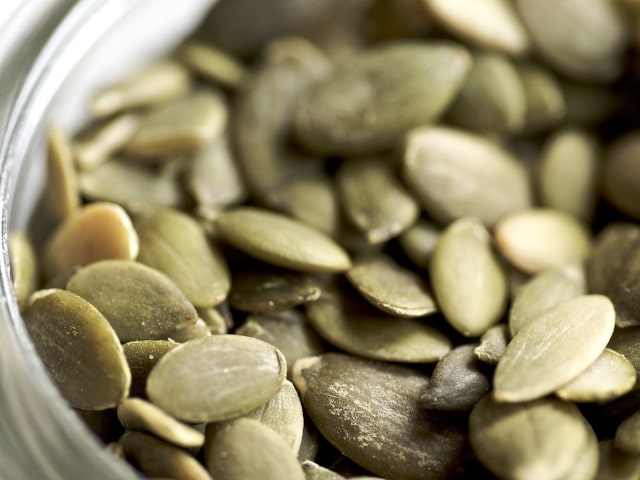
Many people buy a variety of garden seeds every spring. They process to plant what they can in their garden and save the remaining seeds. These seeds often ended up wasted. There is a good question to be answered: are seeds viable after being stored for a year in a ziplock bag? Is it ok to get rid of them or is it possible to use them for planting?
The good news is that you will probably be able to use last year's seeds, but only if you store them properly. Storing garden seeds in the best possible way seems like a challenge but it's possible to do if you follow some simple instructions.
Storing Garden Seeds
It's important to understand that seeds germinate in warm, bright and moist environment. Therefore, storing them in a cool, dry and dark place will preserve them for a long period of time. It's best to do this using a vacuum sealer and mason jars.
You can easily control the amount of light the seeds are exposed to by the container you choose for holding the seeds. Choose a container that doesn't allow much, if any, light to be exposed on the seeds. Another thing you can do is to choose a dark location to store the seeds so you won't risk them to be exposed to light.
You should also consider the temperature and humidity fluctuation. These conditions will change during the course of a year. One of the most important things for long term storage is consistency. It's important to store garden seeds in an airtight and controlled environment if you want to use them in the following year.
Some Good Solutions
One good solution is to store seeds in a vacuum bag that you'll place inside mason jars. Wide mouth mason jars and the wide mouth jar sealer attachment for the food saver vacuum sealer tend to be the best choices. Store the jars inside a cabinet in your basement or another similar place with a fairly constant temperature. Another good solution is to place the jars in the fridge.
The whole process is actually very simple. All you need to do is to place seed packets into a jar. You can also add a desiccant pact to remove moisture, in case you are worried about potential excessive moisture. Place the lid on the jar (keep in mind that the screw top is not used for this process), place the jar sealer attachment on the mason jar, attach hose to the vacuum sealer and seal. Once you seal the jar, remove the sealer attachment and the vacuum inside the jar will remain intact. This method also works great against rodents, ants and other pests.
How to Choose Storage Location?
Your choice of storage should depend on how long you want to store the seeds. Another thing to take into account is whether or not you want to access the seeds occasionally. The fluctuations in temperature and humidity can destroy seeds so you need to be careful. You should always consider the changes in temperature and humidity that will affect the seed each time you remove them from the storage to be handled. For example, if you want to remove seeds each season, or if you want to add new seeds from a crop you've just harvested, freezing vacuum sealed jars is not the best option.
Basements are good if you want to fiddle with the seeds a few times a year. Most basements have a fairly consistent temperature, about 45 to 55 degrees F. In case you don't want to fiddle with the seeds a few times a year you can use the refrigerator, just make sure that the seeds don't get frequent light exposure. You can freeze the seeds to last you for several years, sometimes even more.
How Long Can the Seeds Last?
Some seeds can be stored for a longer period of time while others can be stored only for a few years. Here is a quick chart of relative longevity of well-stored seeds.
- 5 Years: Cucumber, lettuce, cress, corn salad (mache), collards, endive, muskmelon ("cantelope")
- 4 Years: Cabbage, cauliflower, tomato, kale, watermelon, pumpkin, radish, squash, beets, eggplant, turnip, Brussels sprouts, chard (Swiss), chicory, rutabaga, sorrel
- 3 Years: Asparagus, pea, beans, broccoli, cabbage (Chinese), carrot, celeriac, celery, kohlrabi, New Zealand spinach
- 2 Years: Corn (sweet), peeper, leek, okra
- 1 Year: Onion, parsley, spinach, parsnip, salsify, scorzonera
Photo credit: Niklas Morberg
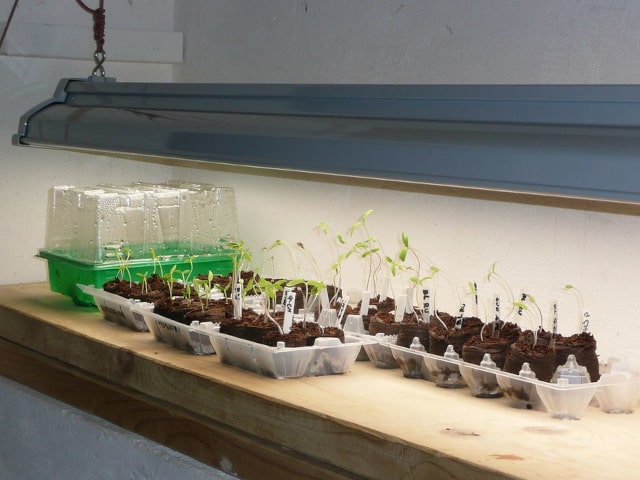
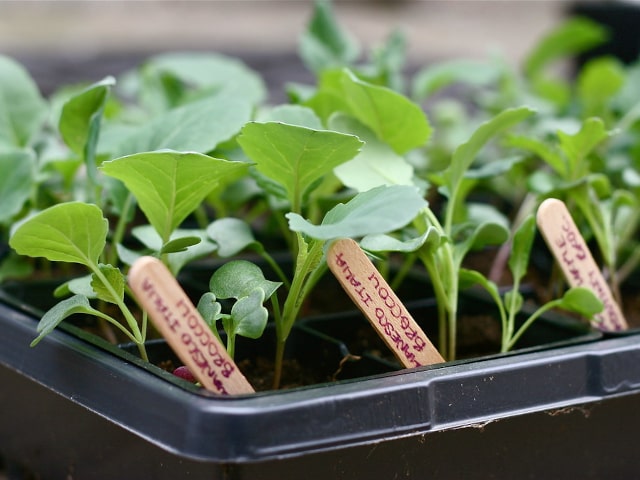
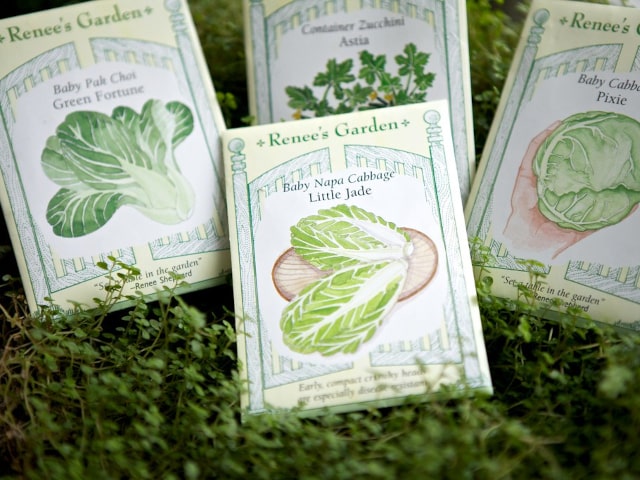
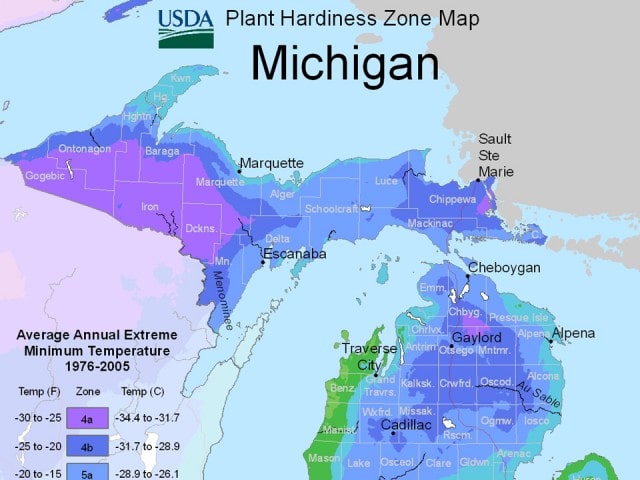
1 Comments
I have a 3 lb. bag of micro greens: Broccoli, Alfalfa, radish and clover seeds mixed together. The question is, would it be ok to open the bag and make a bunch of smaller vacuum sealed bags and freeze them for long term storage?